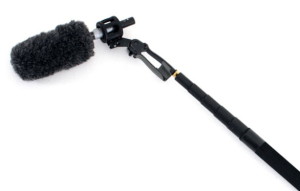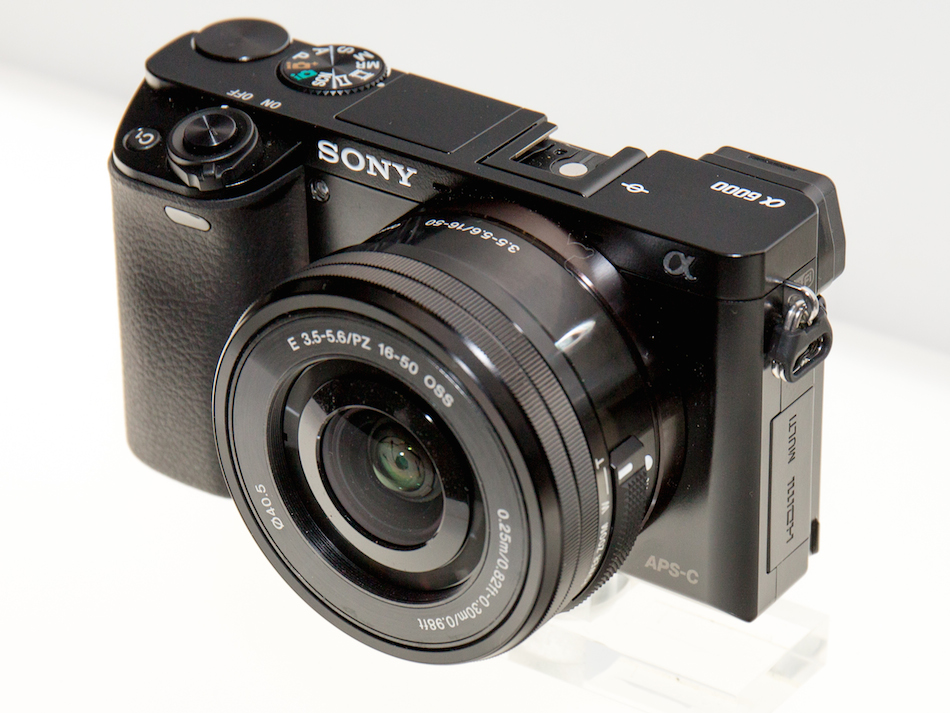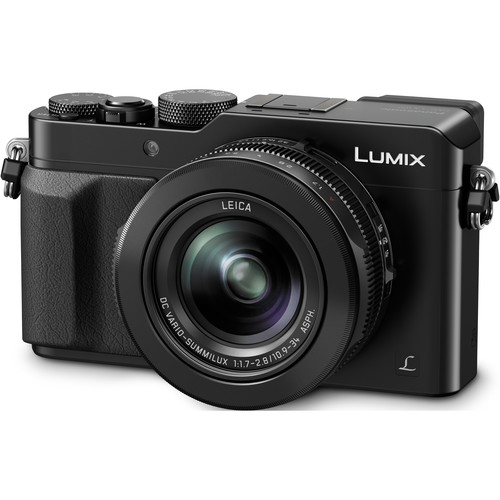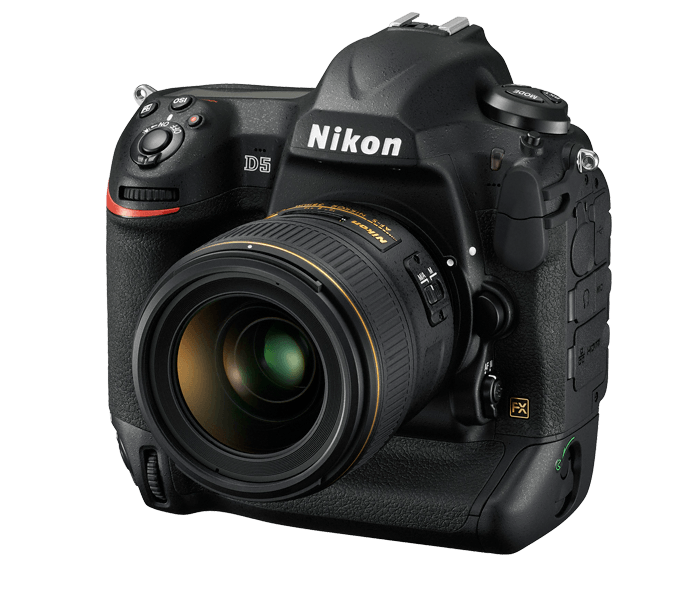The 5 microphone pickup patterns every video producer should know
 The 5 microphone pickup patterns every video producer should know
The 5 microphone pickup patterns every video producer should know
Let’s face it – a film is only as good as its audio. Although it may be easy to be captivated by the visual aspect of a film, quality audio needs to be high on the creators’ priority list. Substandard audio will quickly distract and turn off an audience, so it’s extremely important to choose the right mic for the job at hand. Let’s take a look at 5 microphone pickup patterns every video producer should know about.
1. Omnidirectional
This pickup pattern makes it possible to “pickup” sounds from every direction. With omni microphones, regardless of how you rotate or twist them, it’ll all still sound the same. While, omnidirectional microphones can also in theory deliver a more natural sound, they do pick up everything, necessary and not, their use is typically limited to specific scenarios
2. Bidirectional
The bidirectional pickup pattern has a transparent natural sound, comparable to that of the omnidirectional pickup pattern, however, it’s only sensitive to the sounds that come from the front and rear ends of the mic. The sounds from the sides are rejected. Another primary difference from others is that the bidirectional pickup pattern offers the strongest proximity effect. Almost all the ribbon microphones use this pattern, which is also prevalent with high end condensers as well.
3. Unidirectional
The majority of shotgun microphones are highly directional and only records audio in the direction its barrel is pointed in. They’re usually attached to extended boom poles, then held above the head of the individual, outside of the visible area of the frame. The narrow, long, pickup pattern of the unidirectional makes them the microphone of choice for producers making shows and films that are built around actors giving dialogue. Unis offer excellent range and rejects unwanted ambient audio too.
4. Cardioid
Cardioid microphones have a pickup pattern that’s heart shaped and they pick up the majority of the audio from the front side, within a degree range. Cardioid mics are typically utilized for studio recordings and provide good sound quality. They also benefit from the noise cancellation, making them an invaluable recording device.
5. Lobar/Super Cardioid
The lobar pattern provides the narrowest picking angle. With this angle, the pattern can be twisted further, picking up a small amount of sounds emanating from the sides. The majority of shotgun microphones have the lobar pickup pattern, especially longer shotguns, however the pattern can still vary significantly. From a technical perspective, lobar pickup patterns can also be labeled as other varieties, including hyper-cardioid and super-cardioid, but in the end, what matters most is the microphones unique polar diagram.
If you take the time to understand the varying attributes of the 5 microphone pickup patterns mentioned here, you won’t have any trouble choosing the right model for your specific needs.
The boom mic, or shotgun mic is the most popular with filmmaking. It captures an excellent sound quality avoiding the annoying background noise. It is your best option for really professional sound.



 Photo credit: cherrycadaver.wordpress.com
Photo credit: cherrycadaver.wordpress.com Photo credit: denofgeek.us
Photo credit: denofgeek.us


